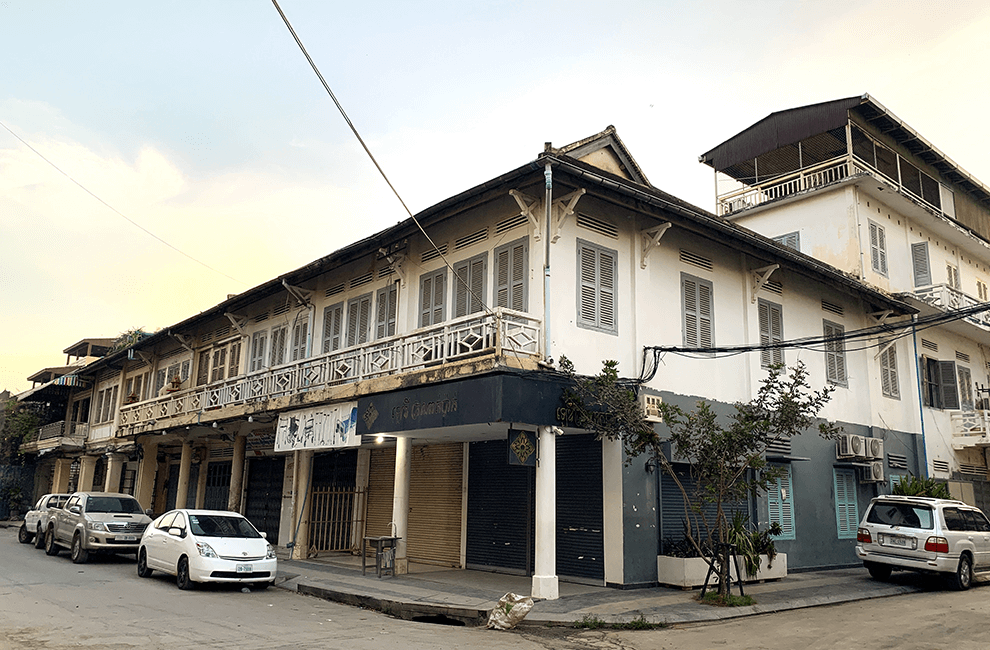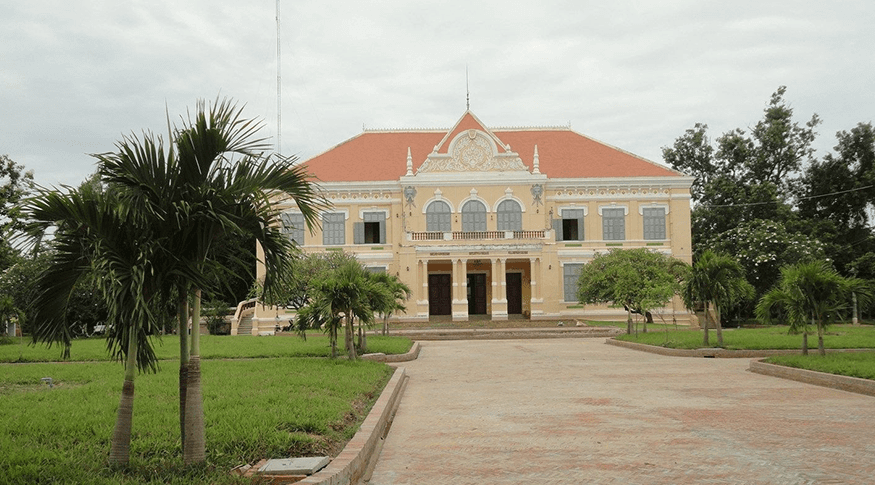Battambang, a charming city in northwestern Cambodia, is renowned for its rich cultural heritage and historical significance. One of the most striking aspects of this city is its collection of beautifully preserved colonial buildings. These architectural gems offer a glimpse into Cambodia’s past during its colonial era, showcasing the fusion of European influence with traditional Khmer design. In this article, we will explore the history behind these captivating structures and their importance in preserving Cambodia’s cultural heritage.
A Brief History of Battambang
Before delving into the colonial buildings themselves, it is essential to understand the historical backdrop against which they emerged. Battambang, the second-largest city in Cambodia, boasts a long and storied history dating back to the 11th century. As Battambang province was strategically placed along major trading routes, it became an important center of commerce and agriculture.
During the colonial era, Cambodia fell under French rule as part of French Indochina. Battambang, with its abundant natural resources and agricultural productivity, became an attractive location for the French colonizers. The city flourished under French influence, witnessing significant urban development and the construction of numerous architectural marvels that still stand today.
The Influence of Colonial Buildings Architecture
The colonial buildings in Battambang epitomize the architectural styles prevalent during the French colonial period. These structures seamlessly blend European aesthetics with Khmer design elements, creating a truly unique visual experience. From residential buildings to administrative offices, each edifice tells a story of Cambodia’s complex historical journey.
One prominent example is the Governor’s Mansion, a majestic structure that served as the residence of the French Governor-General during the colonial era. This grand mansion showcases the classic French architectural style with its high ceilings, large windows, and ornate balconies. The building’s facade also incorporates Khmer motifs, such as intricate carvings and decorative sculptures, paying homage to the host culture.

Preserving Cultural Heritage through Restoration Efforts
Unfortunately, the passage of time and various external factors had taken a toll on many of Battambang’s colonial buildings. Neglect and urbanization threatened these historical treasures with demolition and dilapidation. However, in recent years, there has been a concerted effort to preserve and restore these architectural gems by local authorities, organizations, and concerned individuals.
Through careful restoration efforts, these colonial buildings have been transformed into cultural landmarks, attracting both tourists and locals alike. Battambang’s colonial architecture has become a significant drawcard, boosting tourism and generating appreciation for the city’s historical and cultural significance. Furthermore, the preservation of these structures serves as a testament to Cambodia’s determination to honor its past and maintain its national identity.
Exploring Battambang’s Architectural Treasures
The Central Market: An iconic landmark in Battambang, the Central Market boasts a splendid blend of colonial and Khmer architectural styles. This bustling market offers visitors a chance to immerse themselves in the vibrant local culture, browse unique handicrafts, and sample delicious local delicacies.
The Old Railway Station: Once the transportation hub of the city, the Old Railway Station stands as a symbol of Battambang’s colonial past. The station’s impressive architecture takes visitors on a nostalgic journey, evoking a sense of the city’s vibrant history.
The Former Provincial Hall: Renovated and repurposed to house the Battambang Provincial Museum, the Former Provincial Hall showcases the historical artifacts and cultural significance of the city. Visitors can explore exhibitions that delve into Battambang’s colonial and ancient history, gaining a deeper understanding of the region’s heritage.
Conclusion
Battambang’s colonial buildings are not simply mesmerizing architectural landmarks; they represent a tangible link to Cambodia’s past, embodying the complexities of its history and the resilience of its people. These structures stand as a testament to the harmonious fusion of cultures that occurred during the colonial era, and their preservation showcases Cambodia’s commitment to preserving its cultural heritage. As travelers wander through the streets of Battambang, they are transported through time, experiencing the grandeur and significance of a bygone era that continues to shape this enchanting city today.





